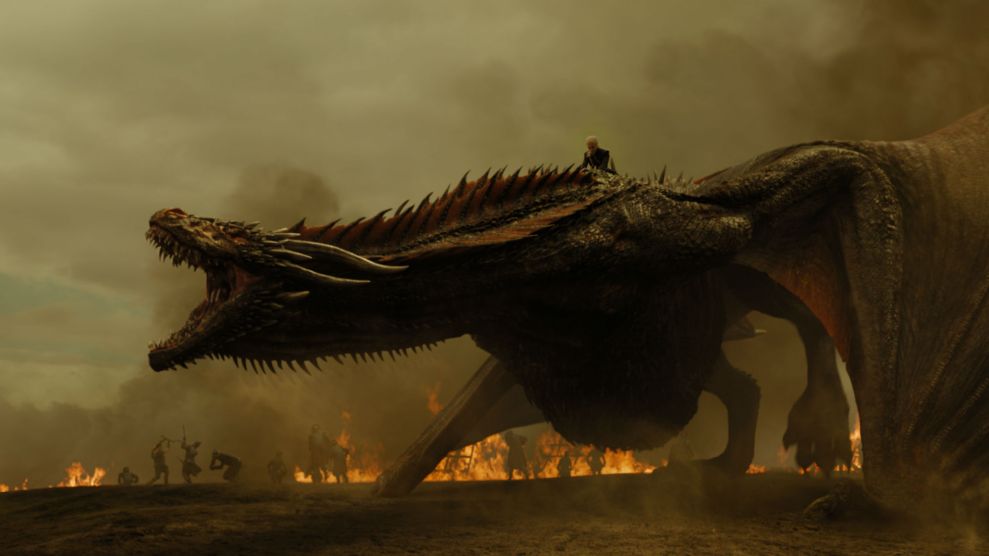
Katherine Holland
Are you having a hard time wrapping your head around just how many fast-moving, large-scale problems bedevil us these days? Such confusing movements in the global financial system, or the complex dynamics of climate change—not to mention the daily Trumpian assault on reality—can overwhelm the human mind. And there’s science to prove it.
On the Mother Jones Podcast this week, veteran science journalist Ziya Tong joins Mother Jones’ D.C. bureau chief, David Corn, to explain exactly how—despite the many wonders of the human brain—our minds can be hardwired to melt in the face of vast global problems by only allowing us to see what’s right in front of us. When considering tectonic movements of the global financial system, or the complex dynamics of climate change, humanity suffers from “scale blindness,” Tong writes in her new book, The Reality Bubble: Blind Spots, Hidden Truths, and the Dangerous Illusions that Shape Our World. She calls it a “warped perspective,” preventing us from seeing the enormity of what’s coming “until it’s a little bit too late.”
Tong gives the example of the US national debt to illustrate why this kind of limited human view typical of humans—this scale blindness—can be a problem: “If you think of something like $22 trillion in the US debt, for example, or 60 million football fields that are deforested every year, or $1,676 billion spent annually on weapons and arms, all of these numbers sort of start to blur over and we don’t really have a sense of what we’re actually talking about,” she tells Corn.
But there is hope for busting out of the powerful systems we take for granted. A way to do this is to design a new “mental blueprint” for how we view the world, she says.
“I want to start from scratch. I want to start thinking about things in a way that is a little bit more focused and clear-headed,” she says. “Once you’re able to see through the reality bubble, that is.”
Listen to David Corn interview Ziya Tong on the latest episode of the Mother Jones Podcast:


















